Belgian Sheepdog Groenendael
The Belgian Sheepdog (Chien de Berger Belge) is a dog breed of medium-to-large-sized herding type. It originated in Belgium, and it is quite like other sheepdogs from that region, like the Dutch and German Shepherds, the Briard, and others. Four types have officially been identified, and they are Malinois, Laekenois, Tervuren, and Groenendael.
These dogs are active, working dogs who are the happiest when they have a job to do. Their tireless energy is not suitable for everyone, and if you’d like to become a Belgian Sheepdog owner, make sure your lifestyle is compatible with their energy levels. Their owners described these beautiful dogs as:
- Loyal
- Intelligent
- Hard-working
- Obedient
- Loving
- Affectionate
- Brave
- Alert

Height:
22-26 in (56-66 cm)

Weight:
45-75 lb (20-34 kg)

Origin:
Belgium

Life Expectancy:
12-14 years
Dog Breed Characteristics
Like all other Belgian Shepherds, the Groenendael is a well-balanced, square-built dog with pointy ears and a muscular body. These dogs are strong and agile, making them great dog sport competitors. A male dog should reach a height of 24 - 26 inches, while the females should reach 22 - 24 inches. Males can weigh 55-75 pounds, and females 45-60 pounds.
The Belgian Sheepdog has medium-sized, brown to dark-brown, almond-shaped eyes and a moderately pointed muzzle. The most famous part of these dogs is their rich, black coat. The hair is long and abundant, and the coat’s texture should be of medium harshness, not too soft nor too wiry.
The standard of the Belgian Sheepdogs allows only black dogs; all other colors will be disqualified, except small white markings, which are permitted on the chest and the tips of toes.
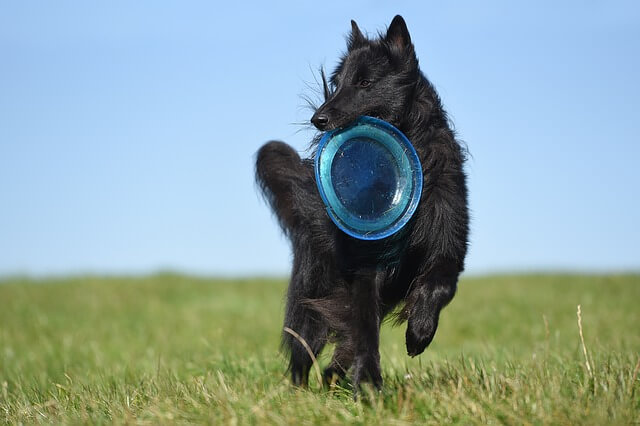
Temperament
The Belgian Sheepdog is a natural herder. They were born to work, which is when they feel most comfortable and “at home.” Because of their natural herding characteristics, these dogs are distrustful towards strangers, and most Belgian Sheepdogs need socialization from a young age.
With their family, Belgian Sheepdogs are full of trust and affection. Well-trained and well-socialized dogs are confident guardians and terrific watchdogs. Untrained dogs can develop behavioral problems and aggressive behavior.
Training a Belgian Sheepdog
Training a Belgian Sheepdog is essential if you want to have a well-behaved dog. They are extremely intelligent, and they do not take nicely to families that do not provide them with enough mental and physical exercise. They are great workers and are capable of performing complicated tasks in different roles. Belgian police and customs have used these dogs since the beginning of the 1900s.
They can be aggressive toward other dogs and cats if not socialized with other animals. Remember that these dogs don't respond well to harsh training methods. Be firm, fair, and consistent, but use only positive reinforcement!
These dogs love to learn new things and are eager to do whatever their people ask. The best way to train them is by using positive training methods. Involve as many treats as you can and keep the training sessions interesting.
Allow them to develop their problem-solving capabilities, and they will be thrilled and satisfied. These characteristics make them a popular choice for military, service, and police dogs.
If you are interested in checking out other Belgian Shepherds, check out the Laekenois, Tervuren, and Malinois.
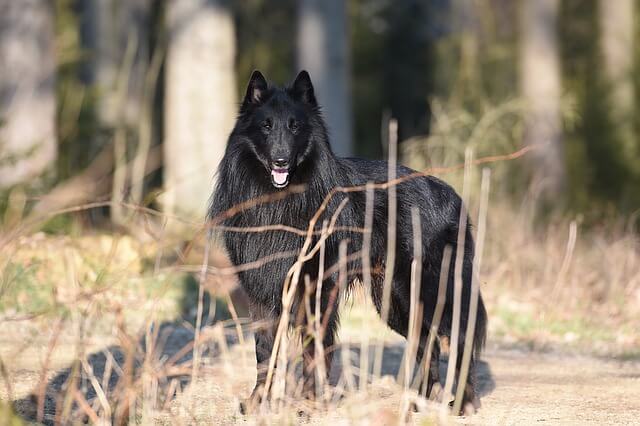
Socialization
The Belgian Sheepdog is an alert watchdog that is keen on carefully protecting their family and territory. They are excellent at assessing situations and will not use force if they do not have to. These Belgian guards will be careful around strangers until they decide that there is no danger.
The Belgian Sheepdog is a watchdog, and they need to be appropriately socialized to understand situations where their defensive skills will be required and when they can be calm and not defend.
Make sure you expose them to different sights, sounds, people, and other puppies. Take them to busy parks, streets, woods, wherever they can see new things and experience new situations. That way, your puppy will learn about different situations and know when and how to react.
Socialization can even be done at home. Dress differently; wear glasses, hats, and baggy clothes so your puppy can’t recognize you right away. Teach your puppy to stay alone for a while and not make a fuss about it. It is the best way to make sure your puppy will grow up to be a stable, confident, and well-behaved dog.
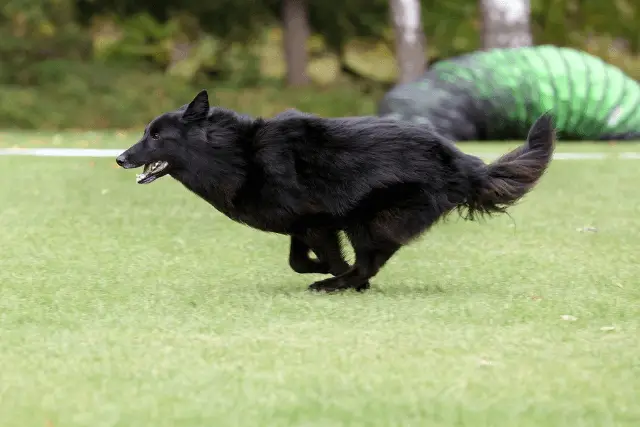
Groenendael as a pet
Owning a Groenendael is not for everyone. These dogs are incredibly active and can be too much to handle for inexperienced owners. They require a lot of daily exercise and mental activity. These dogs need to be in a fenced area because their high prey drive makes them chase everything that is moving; a cyclist or a squirrel makes no difference as long as they can chase them.
These dogs can be great playing partners for kids, especially if they grew up together. However, they can have a nipping tendency, so it is crucial to teach your dog not to herd children. They are not the best choice for households with smaller pets like cats, guinea pigs, or ferrets.
The high prey drive of the Groenendael can easily make them see smaller pets as prey.
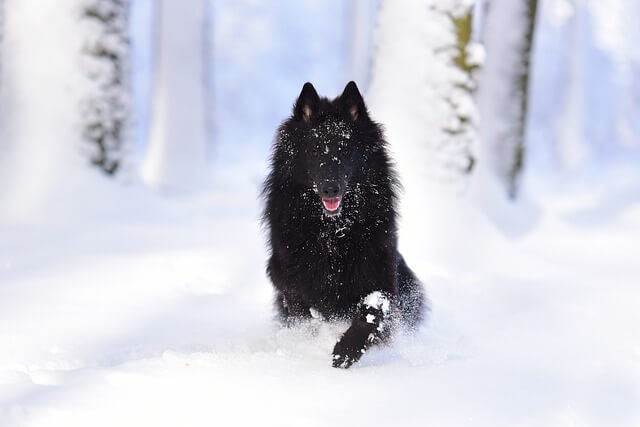
Coat and care
The luscious black coat of the Belgian Sheepdog makes them gorgeous but can be challenging to maintain. This is a double-coated dog, which means they have a protective outercoat and a soft, woolly, insulating undercoat that protects them from harsh weather. Such an abundant coat means a lot of shedding.
These dogs will shed year-round, and twice a year, during the shedding season, they will blow their entire undercoat.
Brushing them will be required at least twice a week for 10 minutes to get rid of the dead hair and keep the coat from matting and tangling. They will also need other basic care; brush their teeth at least three times a week. Check their ears for signs of infection and redness, bathe them every 6-8 weeks (more if they live inside the house), and trim their nails if they don’t wear them down naturally.
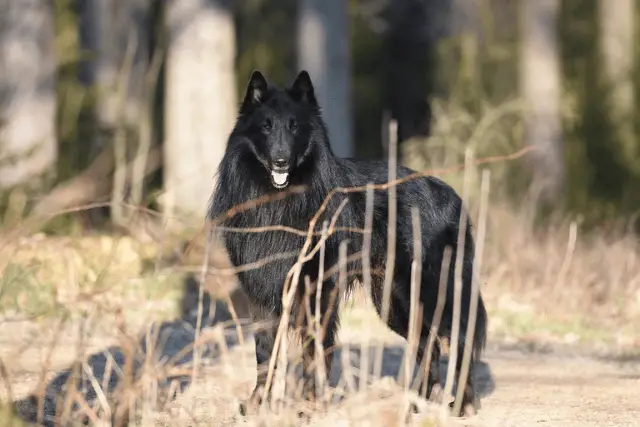
Health problems
Like any other dog breed, the Belgian Sheepdog is prone to specific health problems. That doesn’t mean it will develop these problems; it just means that you should be aware of yourself as a future Belgian Sheepdog owner. These problems include:
- Hip dysplasia - Genetic problem affecting hips resulting from an improperly formed hip joint.
- Epilepsy - Brain problem causing mild to severe seizures.
- Cancer
- Hypothyroidism - A health problem caused by hyperproduction of hormones from the thyroid gland
- Progressive Retinal Atrophy - A group of diseases that affect the retina and cause it to deteriorate over time.
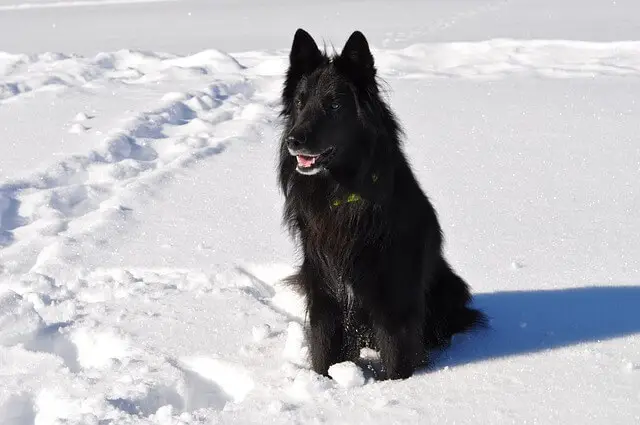
Belgian Sheepdog breeders
When getting a dog, the most important thing is to get it from a responsible and reputable Belgian Sheepdog breeder. These dogs are energetic and protective, and getting a poorly bred dog can have catastrophic results. Responsible breeders will breed dogs that don’t only look good but have great characters as well.
You must find a good Groenendael breeder that can help you learn about this breed and make an informed choice about getting a dog with these characteristics.
If you are unsure whether this is the breed for you, check out this FREE GUIDE that will help you decide which dog breed is right for you.
World Dog Finder team

Updated at31.08.2023.
Breed History
The history of the 4 Belgian Shepherd dogs began in the late 19th century when veterinary professor Adolphe Reul and his panel of judges determined which shepherd dogs from that area had Belgian roots. They concluded that square-built dogs with pointy ears and muzzles and dark eyes were the Belgian sheepherding dogs. They also concluded that these dogs could differ only by the texture and the length of the coat.
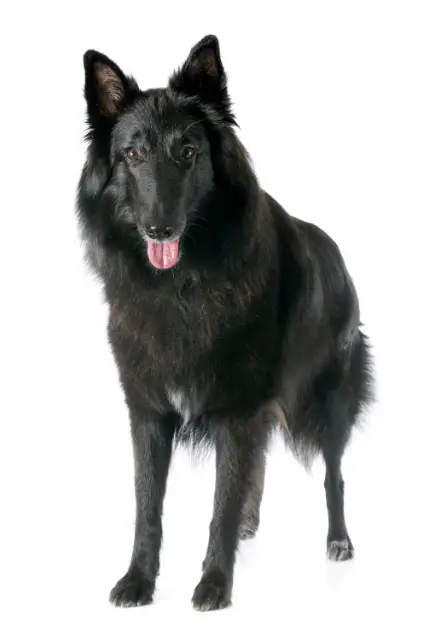
The black Belgian Sheepdog, also known as Groenendael in Europe, was developed by a Belgian breeder called Nicolas Rose. Mr. Rose started his kennel in 1893 and got the breeds’ foundation dogs, Petite and Picard d'Uccle. These two dogs are known as the ancestors of all modern Belgian Sheepdogs.
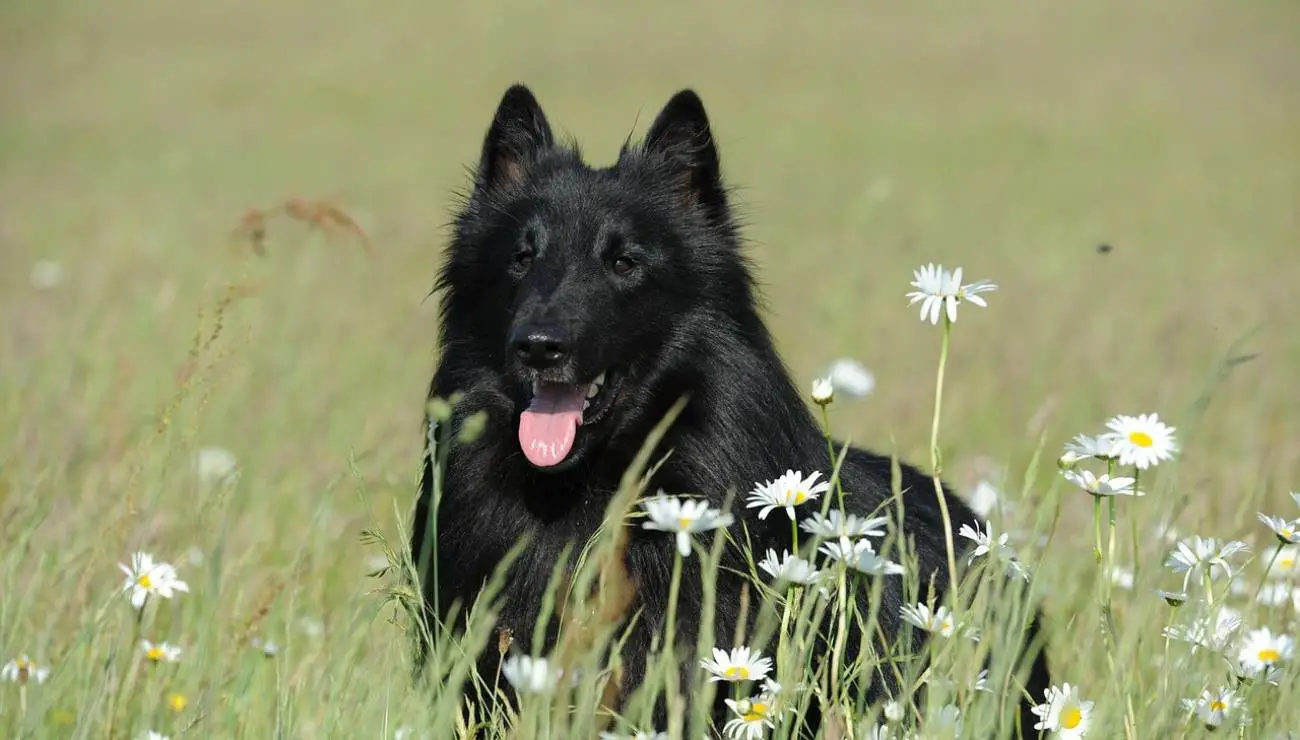
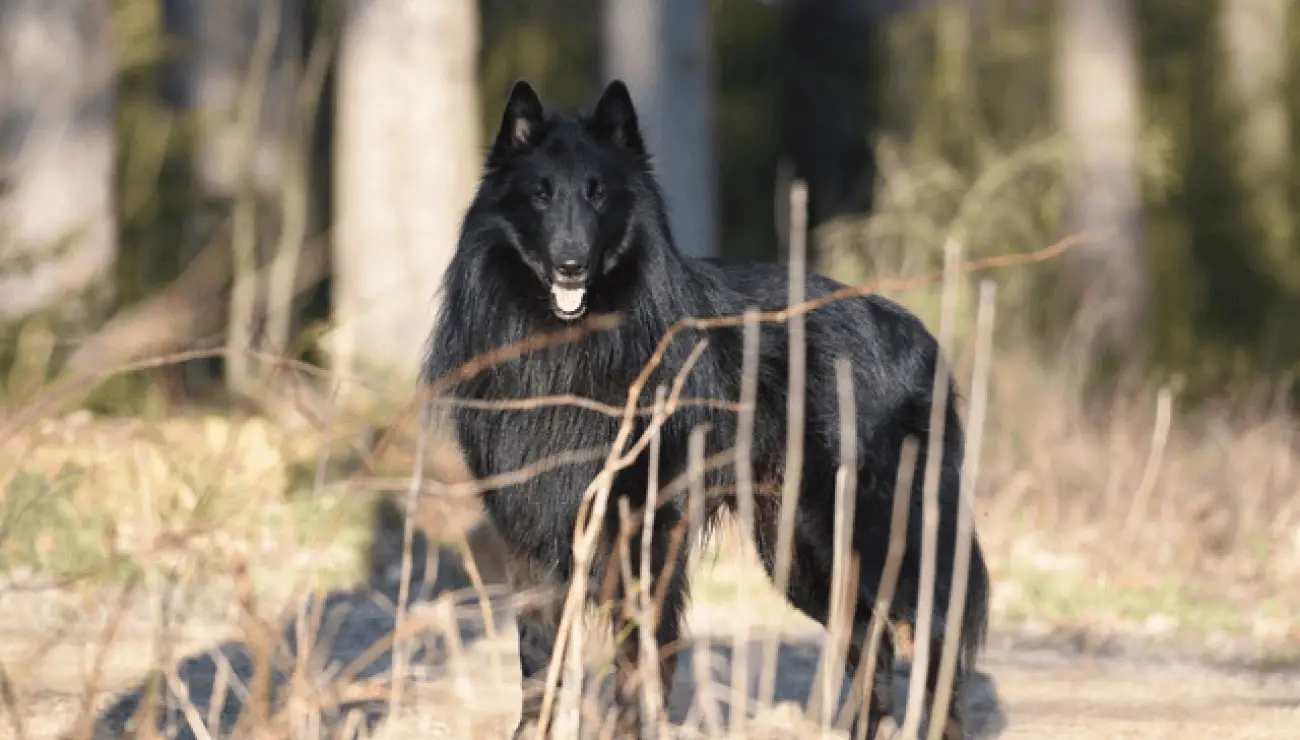
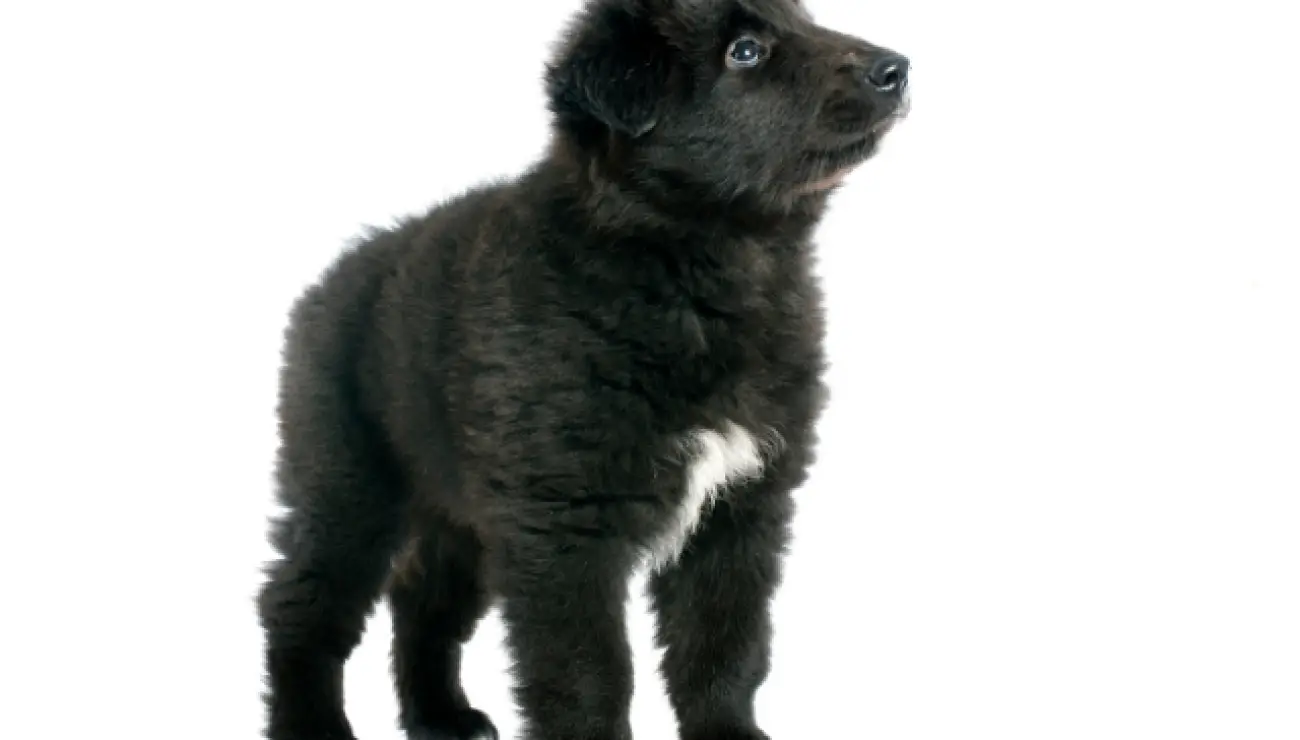
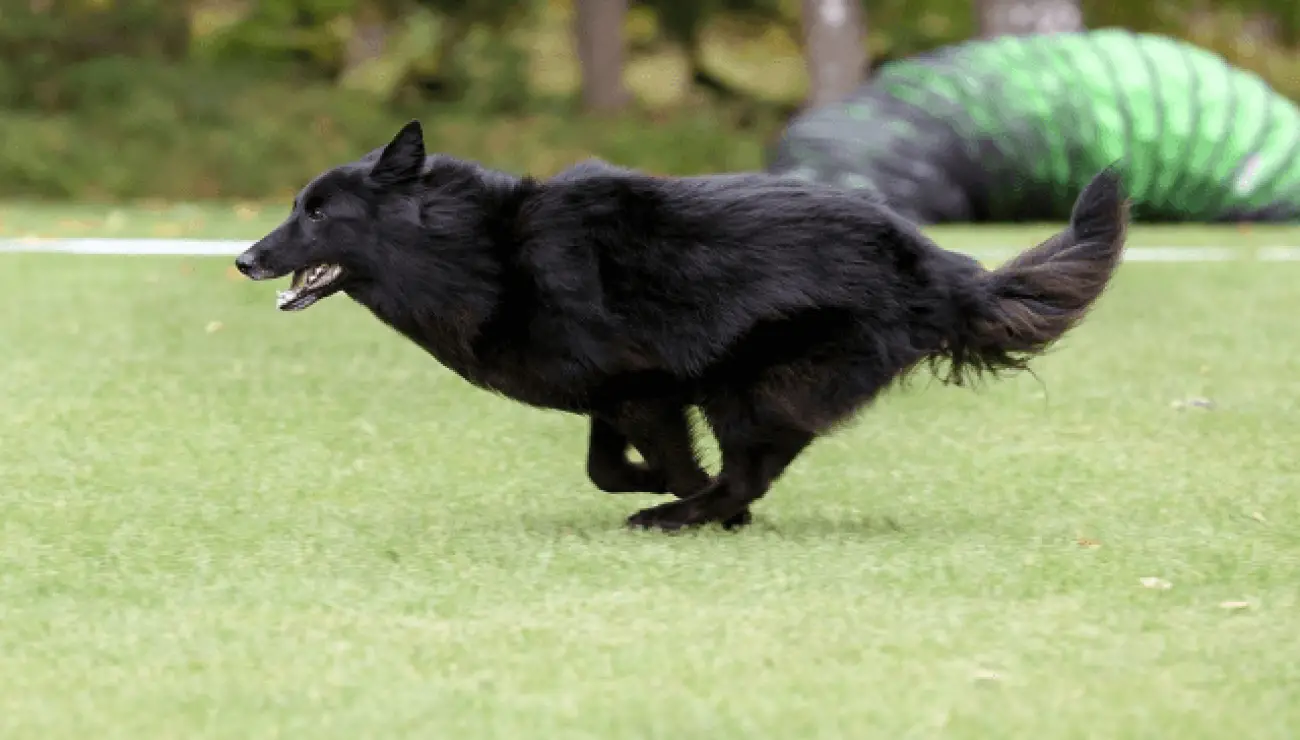
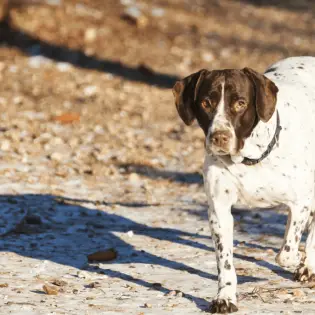
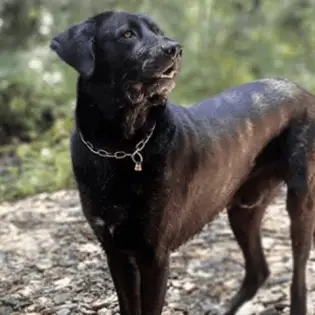
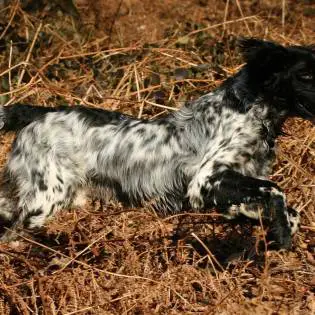
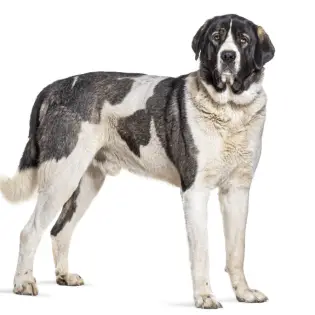
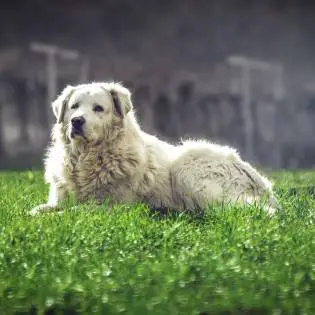
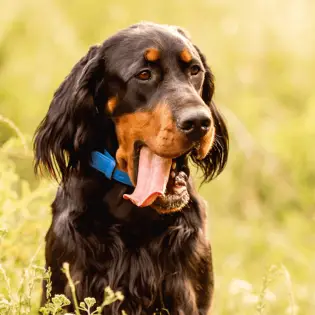
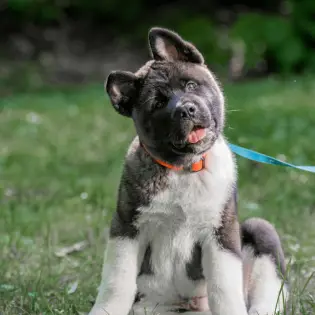
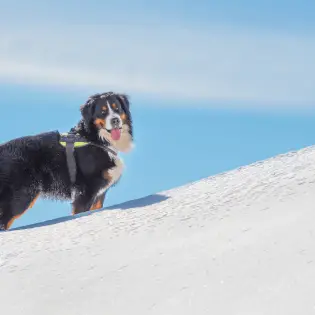
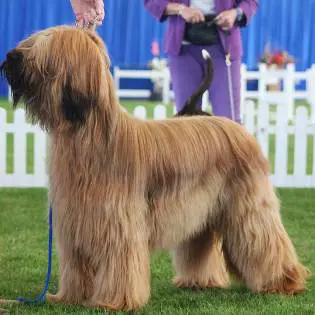
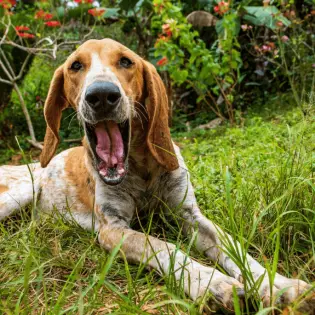

Share